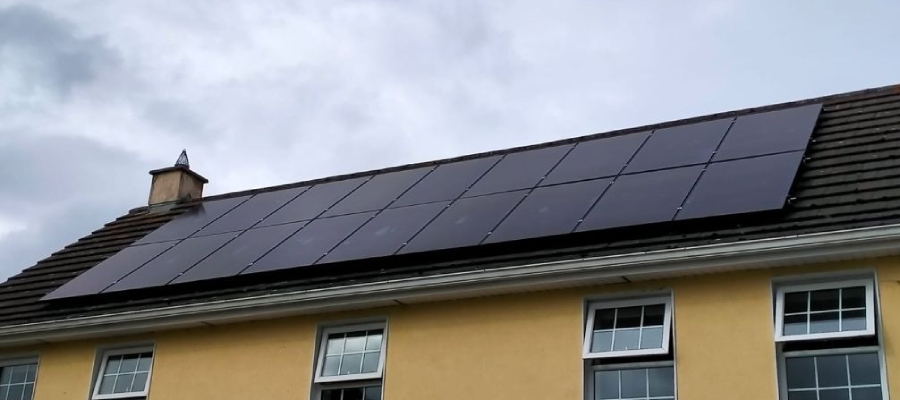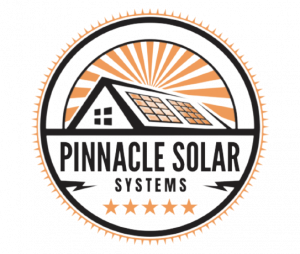Solar Panels and Hail: Ensuring Durability and Resilience

Solar Panels and Hail: Ensuring Durability and Resilience
Solar power has gained immense popularity as a clean and sustainable energy source. Solar panels have become a common sight on rooftops and in solar farms across the country. However, to maximize the benefits of solar energy, it’s essential that these panels are built to withstand various environmental challenges, including hailstorms.
Hail can be a formidable force of nature, causing significant damage to property, vehicles, and crops. Solar panels are no exception. In this article, we’ll explore the durability and resilience of solar panels when it comes to hail, and what steps are taken to ensure they can weather the storm.
The Solar Panel Construction
Solar panels, also known as photovoltaic (PV) modules, are constructed with several layers of materials. The top layer, called the glass cover, is designed to protect the inner layers from external elements, including hail. Beneath the glass, there are layers of protective materials, such as encapsulants and back sheets, which safeguard the solar cells and electrical components. The combination of these layers provides structural strength and resilience to the panels.
Testing and Certification
Before solar panels are made available to consumers, they undergo rigorous testing to ensure their durability. This includes testing for impact resistance, where hailstones of various sizes and speeds are fired at the panels to simulate real-world hail conditions. Panels that pass these tests are certified as “hail-resistant” or “hail-proof,” depending on their performance.
Understanding Impact Resistance
Solar panels are classified based on their impact resistance, typically in terms of hail size and impact velocity. For example, a solar panel might be certified to withstand hailstones of 1 inch (25 mm) in diameter at a velocity of 50 mph (80 km/h). It’s important to note that panels designed to withstand larger hailstones at higher speeds tend to be more expensive.
Installation and Angle Matters
The installation angle of solar panels can also affect their resilience to hail. Panels that are tilted at a steeper angle may experience fewer direct impacts during a hailstorm. Additionally, some solar panel mounting systems incorporate anti-hail measures, such as hail guards or shields, to further protect the panels.
Geographical Considerations
The likelihood of hailstorms varies by location. Areas prone to frequent and severe hailstorms may require the installation of more robust, hail-resistant solar panels. Climate data and historical hail records play a vital role in determining the appropriate panel choice.
Insurance and Warranty Considerations
Homeowners and businesses often have insurance policies that cover solar panel damage from hail. Manufacturers also provide warranties that cover panel damage under specific conditions. It’s essential to review both your insurance coverage and the manufacturer’s warranty to understand what is included and the steps to follow in case of hail damage.
Conclusion
Solar panels have come a long way in terms of durability and resilience against hail. They are rigorously tested to ensure they can withstand the force of hailstones. However, it’s crucial to choose the right type of solar panel for your location and to ensure proper installation and maintenance. By doing so, you can harness the power of solar energy while having peace of mind that your investment is resilient against the elements, including hailstorms.



